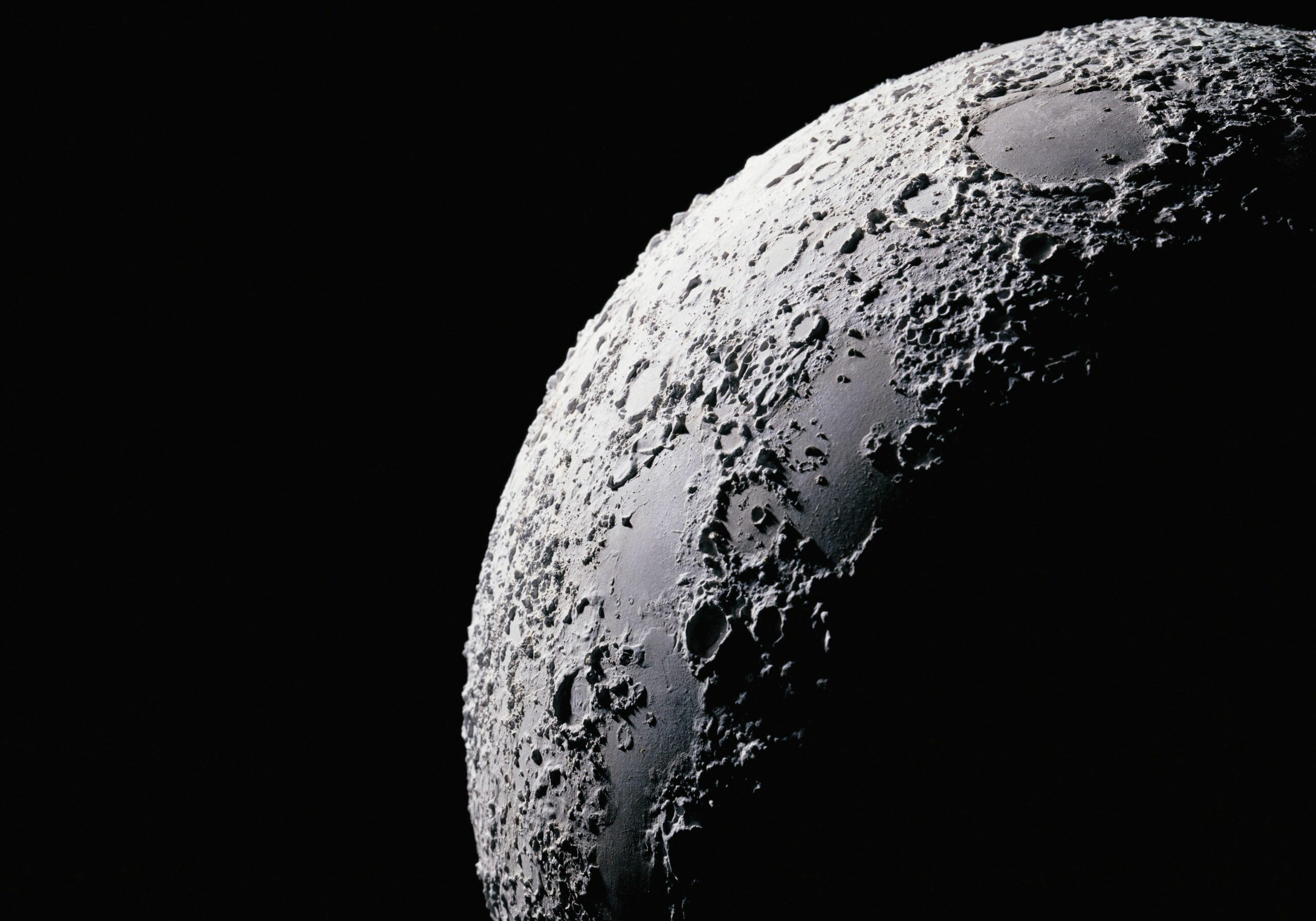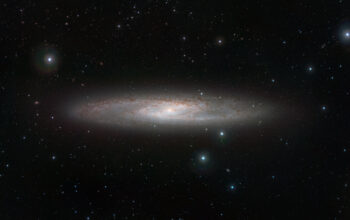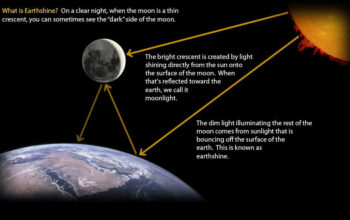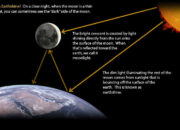The moon, a celestial body that orbits our planet, is often perceived as a silent sentinel—an ever-watchful companion illuminating the velvety expanse of the night sky. Its presence is not merely decorative; it serves as a poignant symbol of the intricate dance of gravitational forces that governs the cosmos. The moon shines not just upon Earth but extends its luminosity to its celestial siblings, creating a tapestry of light that binds the solar system together in a symbiotic embrace.
To comprehend the moon’s role in this cosmic tableau, one must first appreciate its formation. Born from the detritus of a colossal impact between a Mars-sized body and the early Earth, the moon’s genesis is steeped in tumultuous beginnings. This cataclysmic event, approximately 4.5 billion years ago, set into motion a series of transformations not only for our planet but for the moon itself. Over eons, the moon has evolved, undergoing surface degradation through meteoritic bombardment and volcanic activity, which have sculpted its current visage—a testament to both destruction and resilience.
The moon’s light, an ethereal reflection of the sun’s rays, resonates profoundly with those who gaze upon it. In its waning phase, it might evoke the poignant melancholy of a lover’s farewell, while in its waxing phase, it embodies the hope of new beginnings. This play of light and shadow showcases the cyclical nature of existence, inviting philosophical musings on renewal and decay. The moon thus becomes a metaphorical mirror, inviting onlookers to ponder their own lives as they traverse the mundane and the celestial.
Beyond its aesthetic allure, the moon serves an array of significant roles for Earth and its neighboring celestial bodies. For instance, its gravitational pull acts as a stabilizing force, moderating our planet’s axial tilt and influencing climatic patterns. This stabilizing effect is paramount, as it has provided a conducive environment for the flourishing of life. The tides, engendered by the moon’s gravitational dance with Earth, reveal the interdependence of celestial bodies. They echo the rhythms of life—birth and death, ebb and flow—offering a vivid illustration of interconnectedness throughout the universe.
Moreover, the moon’s influence extends beyond terrestrial confines. As a bright beacon in the night, it illuminates the paths of other celestial bodies. This is particularly evident from the vantage point of Mars, where its two diminutive moons—Phobos and Deimos—dart across the Martian firmament. The tiny Martian moons, though largely overshadowed by the scale and grandeur of their Earthly counterpart, nonetheless participate in the celestial ballet orchestrated by gravitational forces. The gaze of a Martian observer would certainly feel the poignant allure of Earth’s moon, contrasting the dampened light of Phobos and Deimos.
This dynamic extends even to distant exoplanets, where moons play pivotal roles in the grand tapestry of their solar systems. The Galilean moons of Jupiter—Io, Europa, Ganymede, and Callisto—are notable exemplars that shine brightly in the shadow of their colossal host planet. Each moon demonstrates unique geophysical characteristics, with Europa’s icy crust perhaps concealing a vast ocean beneath, stirring the imaginations of astrophysicists and dreamers alike. This shared illumination between celestial siblings serves to cement the notion that light, whether reflected or emitted, binds the expansive cosmos, reminding us of our place within it.
Furthermore, this exploration of light extends into the realm of astrobiology. The presence of moons and their ability to reflect light may provide critical insights into the habitability of exoplanets. Scientists hypothesize that certain moons could harbor conditions favorable for life, particularly when considering those that exist within the habitable zone of their stars. Thus, the moon transforms from a simple celestial body into a harbinger of potentiality, illuminating the paths that might lead to biological diversity beyond our terrestrial confines.
The anthropological significance of the moon cannot be overlooked either. Across cultures and epochs, the moon has been a source of inspiration for art, mythology, and religion. It has been revered as a deity and celebrated in literature, mirroring humanity’s eternal quest for understanding and connection with the cosmos. The allegorical richness of its light invites poetic interpretations, speaking to themes of love, loss, and the infinite quest for knowledge. In this sense, the moon transcends its physical form; it becomes an emblem of aspiration and wonder, binding generations together through shared gazes skyward.
As we probe deeper into the cosmos, the moon’s role will undoubtedly evolve further. With the advent of lunar exploration initiatives aimed at establishing permanent human presence on its surface, the moon may soon assume a new stature in our collective understanding. The prospect of mining its resources or using it as a stepping-stone for deeper space exploration could redefine its significance within the solar system’s hierarchy.
In traversing the intricate interplays of celestial dynamics, one recognizes that the moon’s light is neither solitary nor trivial; it resides within a broader constellation of relationships. It illuminates not just our own Earth but also echoes across the silent expanse, touching distant celestial neighbors and serving as a reminder of our shared existence in the universe. The moon shines on its neighbors, weaving a narrative of cosmic kinship, inspiring both scientific curiosity and artistic creativity—a humble yet profound luminary in the grand tapestry of celestial harmony.










